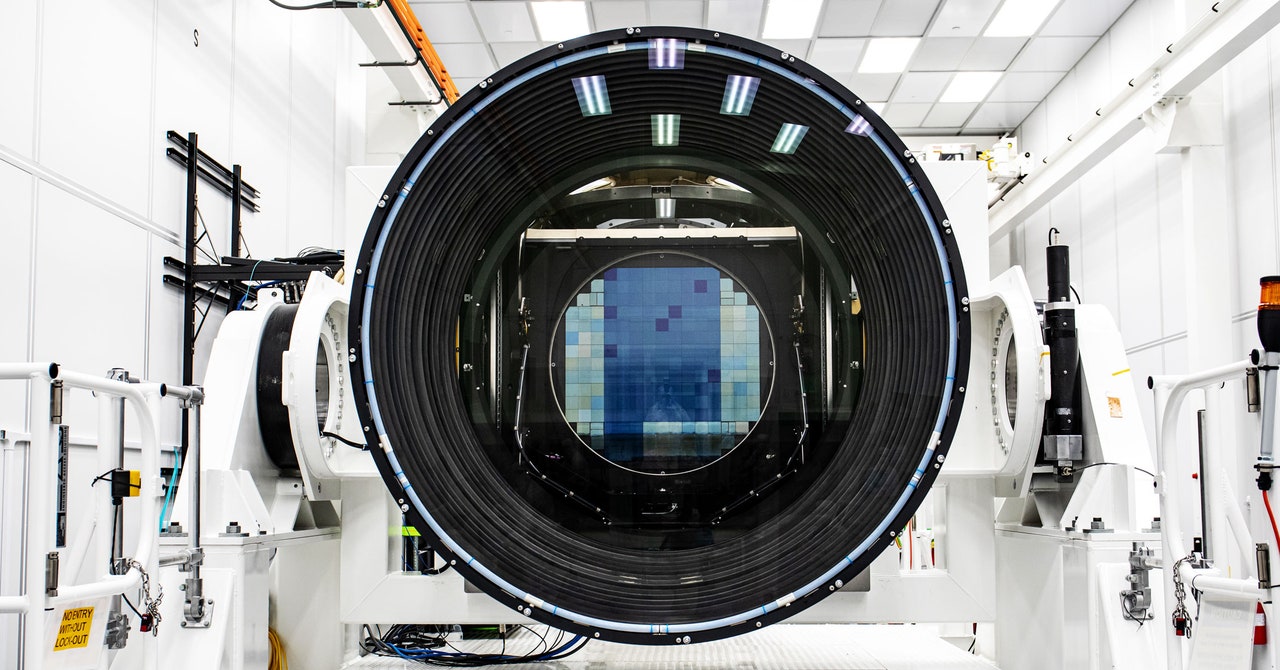
An influential group of researchers is making the case for new ways to search the skies for signs of alien societies. They argue that current methods could be biased by human-centered thinking, and that it’s time to take advantage of data-driven, machine learning techniques.
The team of 22 scientists released a new report on August 30, contending that the field needs to make better use of new and underutilized tools, namely gigantic catalogs from telescope surveys and computer algorithms that can mine those catalogs to spot astrophysical oddities that might have gone unnoticed. Maybe an anomaly will point to an object or phenomenon that is artificial—that is, alien—in origin. For example, chlorofluorocarbons and nitrogen oxide in a world’s atmosphere could be signs of industrial pollution, like smog. Or perhaps scientists could one day detect a sign of waste heat emitted by a Dyson sphere—a hypothetical massive shell that an alien civilization might build around a star to harness its solar power.
“We now have vast data sets from sky surveys at all wavelengths, covering the sky again and again and again,” says George Djorgovski, a Caltech astronomer and one of the report’s lead authors. “We’ve never had so much information about the sky in the past, and we have tools to explore it. In particular, machine learning gives us opportunities to look for sources that may be inconspicuous but, in some way—with different colors or behavior in time—they stand out.” For example, that could include objects that flicker or are surprisingly bright at some wavelength, or ones that move unusually fast or orbit in an unexplainable path.
Of course, most of the time, data outliers turn out to have mundane explanations, like an instrumental error. Sometimes they do reveal novelties, but of a more astrophysical nature, like a type of variable star, quasar, or supernova explosion no one has seen before. That’s a crucial advantage of this approach, the scientists argue: No matter what happens, they always learn something. The report quotes astrophysicist Freeman Dyson: “Every search for alien civilizations should be planned to give interesting results even when no aliens are discovered.”
The project grew out of a major 2019 workshop at Caltech’s Keck Institute for Space Studies in Pasadena, California, and includes a team of astronomers and planetary scientists primarily at Caltech and NASA’s Jet Propulsion Laboratory—plus a handful of others, like Jason Wright from Penn State’s Center for Exoplanets and Habitable Worlds, and Denise Herzing, an expert on dolphin communication, who was included because of her expertise on nonhuman languages.
The hunt for alien technosignatures is related to, but differs from, astrobiology, which often refers to the broader search for habitable—not necessarily inhabited—planets. Astrobiologists look for signs of the elements necessary for life as we know it, such as liquid surface water and atmospheres with the chemical signatures of oxygen, carbon dioxide, methane, or ozone. Their search typically includes seeking evidence of very simple life forms, such as bacteria, algae, or tardigrades. The James Webb Space Telescope has helped astronomers make headway there, by enabling spectroscopy of planetary atmospheres and illuminating promising worlds like K2-18 b, which has methane and carbon dioxide, and GJ 486 b, which appears to have water vapor.


